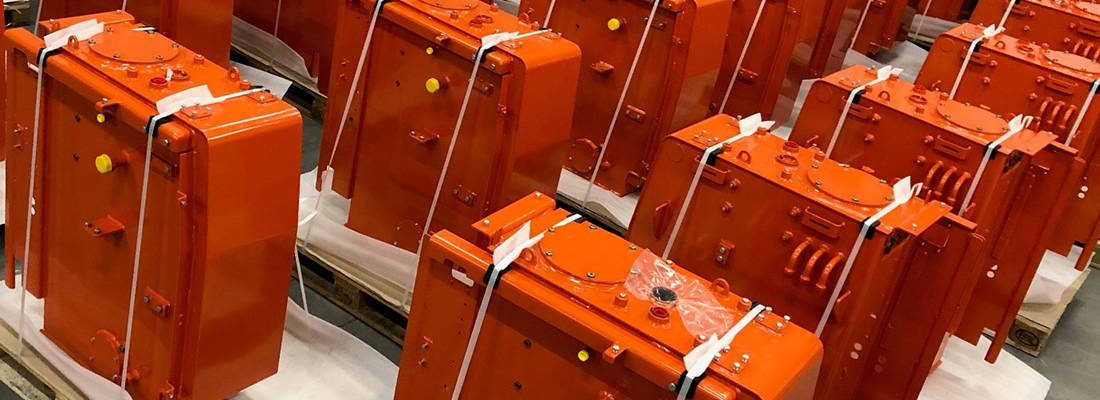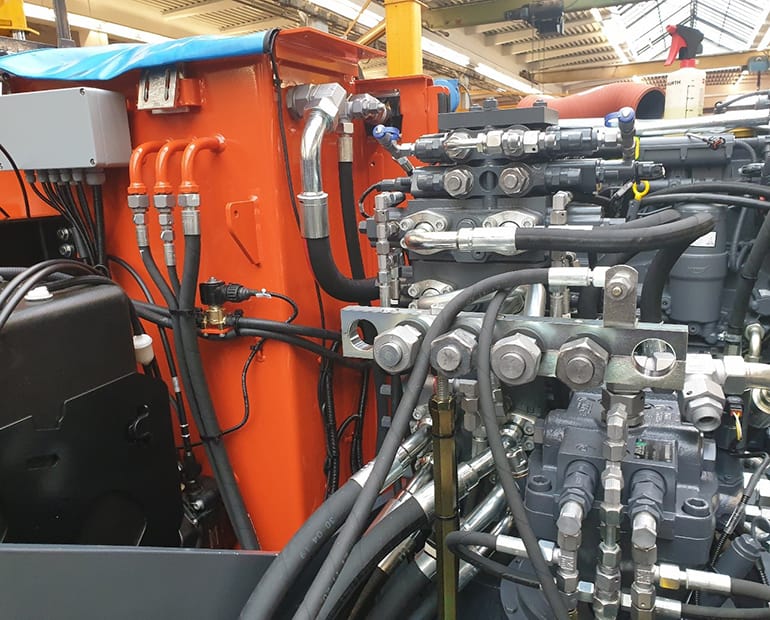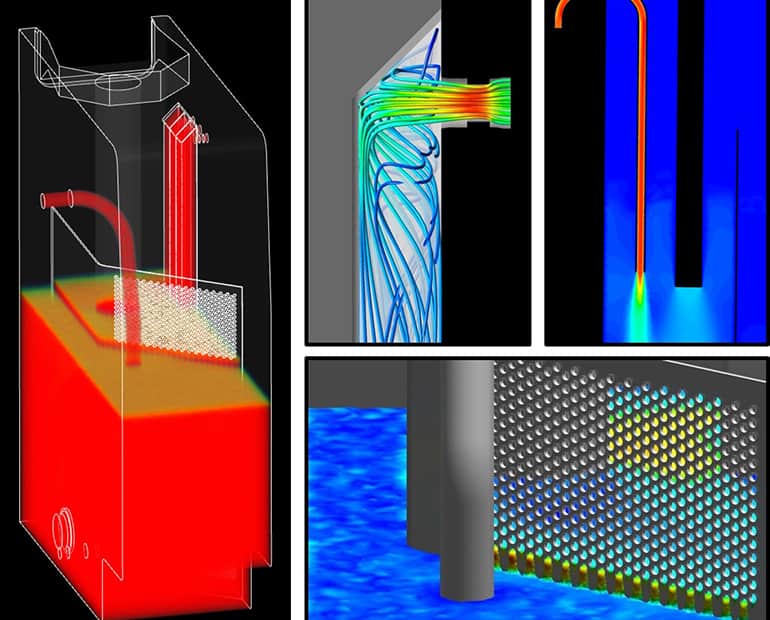
Hydraulic tank design innovation using CFD analysis

Trusted integrated partner to major OEMs
Keltech was founded in the 1980’s by the current MD Ray Breen. Beginning as a mechanical workshop, the company has enjoyed sustained growth as a supplier of quality components and assemblies that have added real value to its customers’ end product. Keltech now operates from a modern automated 15,000 m2 facility in Waterford, employing a growing staff of 250. Continual investment of its profits into new machinery and systems has allowed Keltech offer more innovative and sophisticated solutions to large original equipment manufacturers (OEMs) across numerous sectors. Keltech’s’ expertise in Acoustic Enclosures, Tanks, Overhead Guards and Cabins, has enabled the company to offer a 360 degree service from top quality manufacturing and delivery performance to design support. This level of expertise and service, combined with the companies agility and flexibility has established Keltech as a trusted integrated partner to major OEM’s.
CFD analysis
Keltech first began supplying reservoir tanks for hydraulic oil systems to Atlas GmbH in Northern Germany in Q2 2019. As part of their consultative approach, Keltech undertook a review of the hydraulic circuit into which their tank is fitted, with the aim of identifying areas for optimisation and improvement. During this review, Keltech identified a cost saving opportunity which involved the replacement of 3 return pipes within the tank with fabricated channels. These return pipes supply oil to the tank in a controlled manner, but have a long 16 week lead time and high cost. This was an opportunity for significant cost and lead time savings if it could be shown that fabricated channels could match the performance of the pipes in delivering oil to the tank.
Keltech approached the SEAM Research Centre, a leading Technology Gateway Centre based within Waterford Institute of Technology, with the idea of conducting an analysis to demonstrate the performance of fabricated channels, and compare their performance to that of the existing piping solutions. SEAM, with its expertise in Computational Fluid Dynamics (CFD) and turbulent multiphase flow was ideally placed to assist with this analysis. Conducting a CFD analysis would allow the fabricated channel design to be assessed and optimised virtually on a computer providing confidence in the design concept prior to undertaking any physical prototyping.

1
global leader
31
years in business
250
employees
“This being a new customer and our first re-design project we were conscious of making a big impression. The tank is a critical component of the machine’s operation, any supplier driven design change is viewed with apprehension. Owing to this fact and our radical idea of removing the pipework assembly completely we realised we needed to go the extra mile. We approached SEAM and met its Director Dr. Ramesh Raghavendra, the synergy was apparent straight away, their capability and experience in the area of CFD was an exact fit. SEAM’s Patrick Donnellan and Arun Anthony had an ideal mix of industry experience and educational background which proved a perfect fit to prove out Keltech’s concept using the centres Computational Fluid Dynamics software. When we presented the findings of the project to our German OEM customer, they were genuinely blown away with the level of detail provided and results we had proven out. With expectations surpassed we have been green lighted to introduce the design where possible across their entire range.”
Seamus Lawlor
Business Development Manager, Keltech
The Keltech & SEAM Technology Gateway partnership
SEAM built two computational models of the hydraulic reservoir tank, one with the existing return pipe solution and one with the fabricated channel design concept. The flow of oil into the tank was simulated in each model, allowing for a comparative analysis between the two designs. Entrainment of air into hydraulic oil in hydraulic circuits can lead to problems such as cavitation in pumps, and poor hydraulic response. As aeration can be exacerbated by turbulent flow within the tank, one of the key performance criteria was the extent of the turbulent kinetic energy generated by each design. Based on the comparative analysis, SEAM was able to establish that the channel design matched the performance of the pipes, and was also able to suggest opportunities for channel design improvement to further reduce turbulent kinetic energy levels. This provided the necessary confidence in the channel design as a viable replacement for the existing pipes.
By partnering with SEAM for this innovative design optimisation project, Keltech were able to evaluate the proposed design optimisation solution through detailed engineering analysis, before presenting this to their customer. SEAM’s combination of theoretical understanding and industrial focus allowed critical evaluation of the design concept to Keltech’s required schedule. Successful implementation of this design optimisation will achieve significant cost savings, and add to Keltech’s reputation as a partner offering expert design support to OEMs in the area of hydraulic tank design.
SEAM utilises engineering simulation and various other analytical and non-destructive (CT scan) techniques to solve problems across a wide variety of industries. As well as proficiency in CFD for the analysis of fluid flow phenomena, SEAM has expertise in structural analysis involving Finite Element Analysis (FEA), The application of these analysis techniques has resulted in cost reductions for SEAM’s client companies through reduction in physical prototyping, improved operating performance, and improved product lifespan.